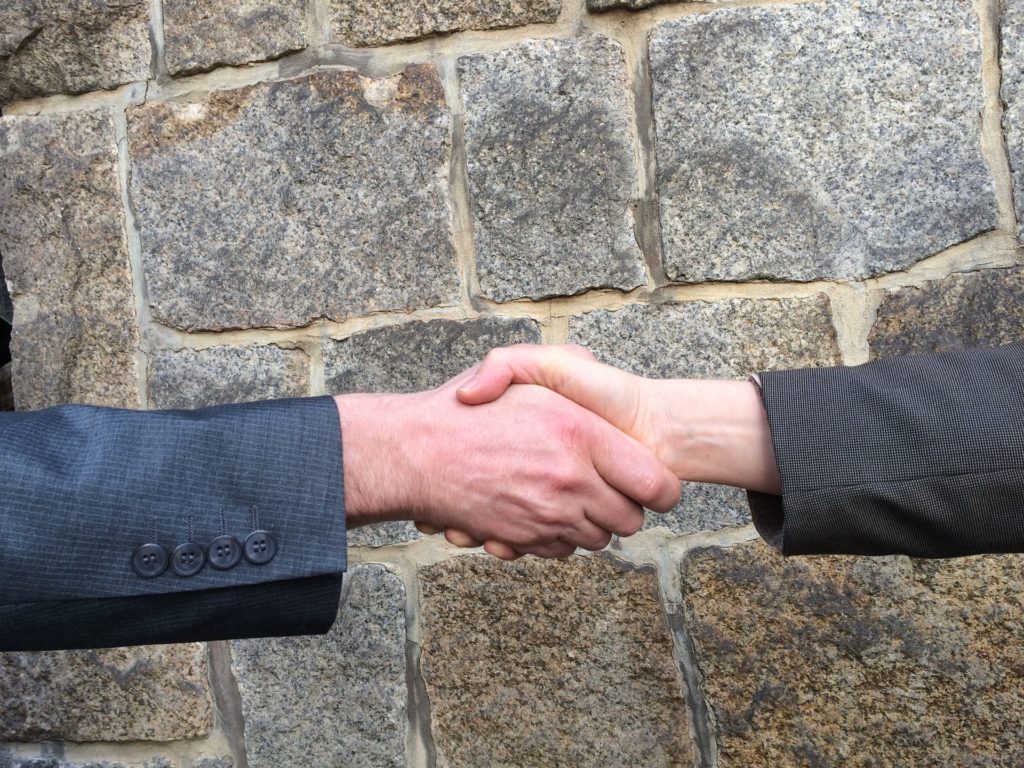Body Language In Negotiations: Japan & USA
Body Language in Business Negotiations: The USA Vs. Japan
A business owner of today must use every tool available in order to achieve success. Learning how to navigate the world of negotiations is imperative if you want to get the best deals. Body language might become your secret key to winning the favor during a discussion with international partners.
Of course, there is no denying the fact that interpreters would play an important role in any business negotiation between the representatives of different countries. However, gestures hold a lot of power when it comes to making an impression. This is even more true in the Asian countries, where the symbolism of gestures is a major part of the culture.
The trick to a successful use of body language in a business negotiation is that like any ‘language’ this one is unique for every culture. Therefore, you really must research the differences between your own country and the one your prospective partners come from. This will not only help you use gestures more effectively but also enable you to understand the ‘message’ sent by the other party. In many cases, the very fact that you took the time to research and attempted to use the other culture’s traditional gestures may win you a lot of goodwill.
Bear in mind that these differences might be quite big. For example, take a look at the traditions in the USA and Japan.

Business Negotiations in the US: Firm, Strong, Straightforward
American businessmen, as well as the majority of people from the Western countries, are used to starting a conversation with a strong handshake accompanied with direct eye contact. The latter can get quite intense during a business negotiation. In fact, looking your partner in the eye is considered essential in any important conversation, and the avoidance of one’s gaze is often seen a sign of deceit or weakness.
Further, people in the US often use a variety of gestures to ‘illustrate’ their speech, so waving of one’s arms is not only common but might be a planned part of the presentation. However, over-dramatization and pointing to things with one finger that are perceived as the show of confidence and talent in America are seen as impolite and intimidating in Japan.
Even the way you sit during a negotiation affects your prospective partners. For example, in the US sitting cross-legged is such a common thing that people rarely pay attention to it. This pose is often associated with self-confidence, so some people turn to it instinctively during a conversation. However, people from the Asian cultures perceive this position as disrespectful.

Business Negotiations in Japan: Calm, Collected, Reserved
The culture of Japan seems to be the complete opposite to America with its boisterous gestures and plentiful smiles. People in this Asian country prefer to keep their distance during conversations and limit their gestures to the minimum. Prolonged direct eye contact is considered rude, but it’s acceptable to look your conversation partner in the eye at the beginning of the conversation.
A Japanese person during a business negotiation would be reserved and collected. They would keep their posture ramrod straight and both feet firmly planted on the floor. The Japanese bow during the introductions and sometimes during their speeches. The depth of the bow reflects the person’s level of respect to the other party and there is a very strict social etiquette for this matter. The ‘respect bow’ that would most likely be used in business negotiations is 45°. Bear in mind that a Japanese bow requires bending forward from your waist while holding your back perfectly straight.
Note that leaning back in your chair during a conversation is an indication of familiarity in Japan, so it’s unacceptable for most business encounters. It’s customary to sit on the edge of the chair or sofa as this is seen as a sign of respect.
The Japanese people are very reserved with their gestures and smiles, so any hand movements they perform are restricted to those dictated by necessity. However, they utilize nods all the time, and it’s considered polite to nod throughout the conversation to show that you understand and follow the speech. It’s imperative to do this when talking with a Japanese person, especially if they are speaking not their native language.
The Japanese are very conservative in the terms of showing their emotions in public and physical contact upon meeting is minimal, so one should avoid kissing and back slapping. A handshake isn’t a part of the culture, but the gesture has become more accepted in the business circles as it ‘migrated’ from the Western countries.

Embrace Cultural Differences to Achieve Better Results
As you can see, the differences in the US and Japanese body language traditions are vast. What people in America see as a show of confidence is perceived as an act of intimidation in Japan. At the same time, the seemingly timid and cold manner of the Asians is a sign of respect, not a snub as many Westerners see it. To navigate a negotiation between these cultures successfully, one should strive to be more reserved and formal, minimizing the gesticulation to prevent any unfortunate misunderstandings.






Leave a Reply